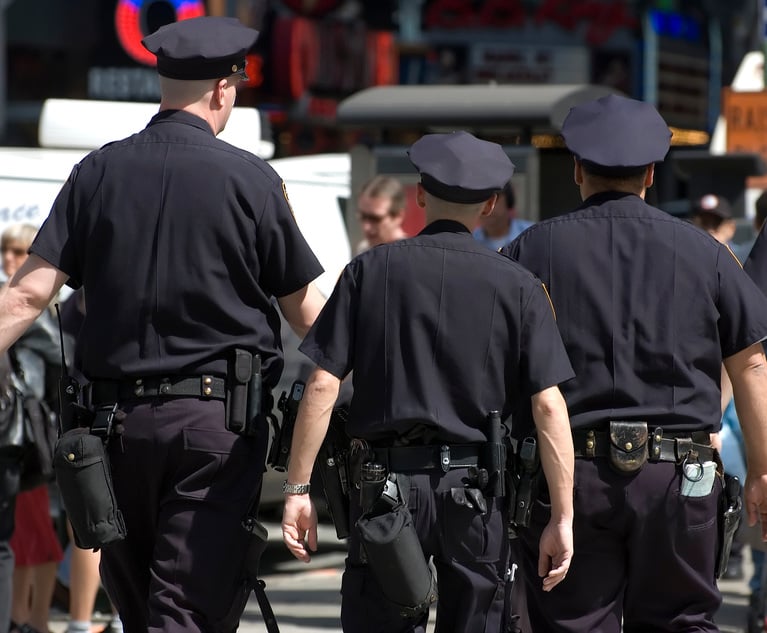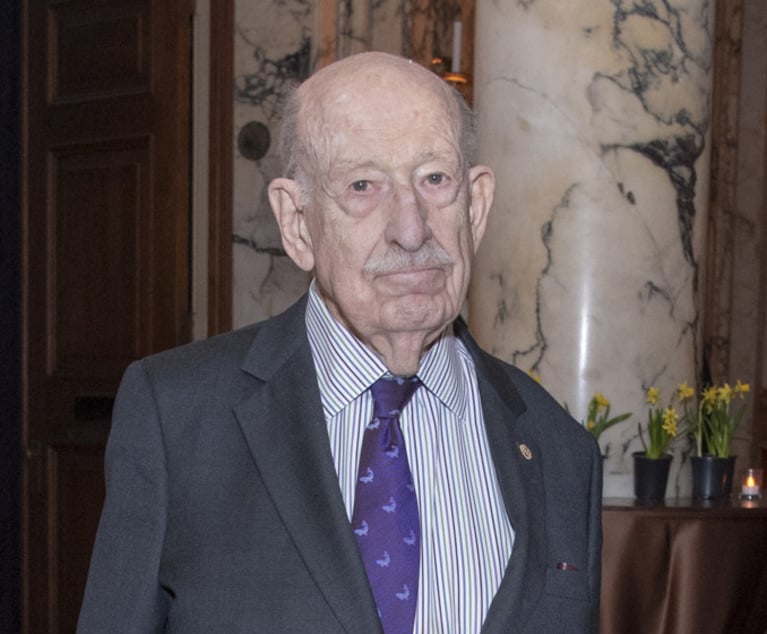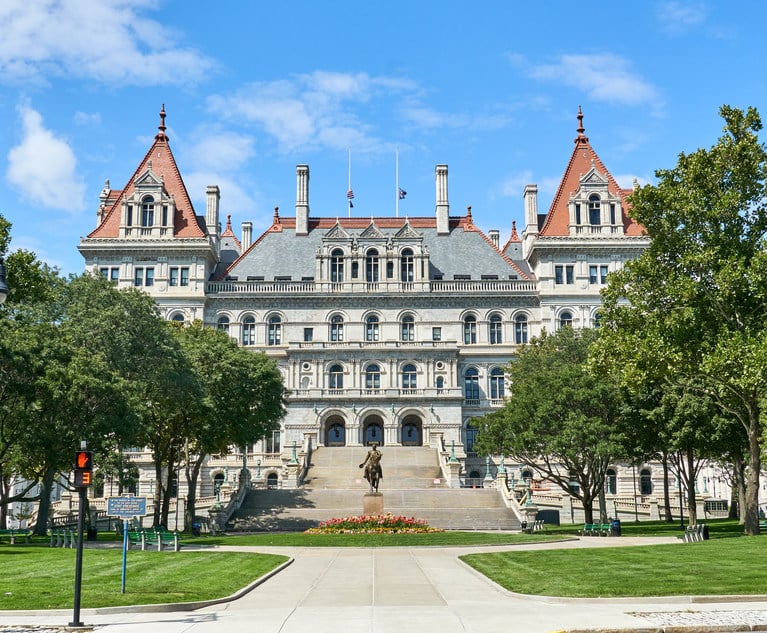Under New York law, trespass is an “intentional entry onto the land of another without justification or permission.” Woodhull v. Town of Riverhead, 46 A.D.3d 802, 804 (2d Dep’t 2007). Thus, as a matter of law, where a property owner consents to a party entering his property, a trespass claim cannot be maintained. See, e.g., SHLP Assocs. v. State of N.Y., 262 A.D.2d 548, 549 (2d Dep’t 1999). However, when the property owner’s consent is induced through fraud committed by the alleged trespasser, under New York law the property owner’s consent is rendered invalid. For instance, in the seminal case of Shiffman v. Empire Blue Cross and Blue Shield, 256 A.D.2d 131 (1st Dep’t 1998), the First Department affirmed the trial court’s denial of a motion to dismiss a trespass claim where “it was undisputed that defendants gained entry to plaintiff’s private medical office by having a reporter pose as a potential patient using a false identity and bogus insurance card.” Id. The First Department held that these undisputed facts “defeated defendants’ affirmative defense based on consent and implied consent to enter the premises … .” Id.
What happens, however, when an alleged trespasser enters another’s property with the property owner’s consent, but that consent is induced by fraudulent acts of someone other than the alleged trespasser? Until the New York Supreme Court’s recent decision in the case of Morgan Home Builders v. Mahy (New York Sup. Ct., New York Cty., Index No. 656461/2018) in which I represented the defendant and alleged trespasser, Creative Media Marketing (Creative), no New York court had ever squarely addressed the question.


 Photo: Shutterstock.com
Photo: Shutterstock.com




